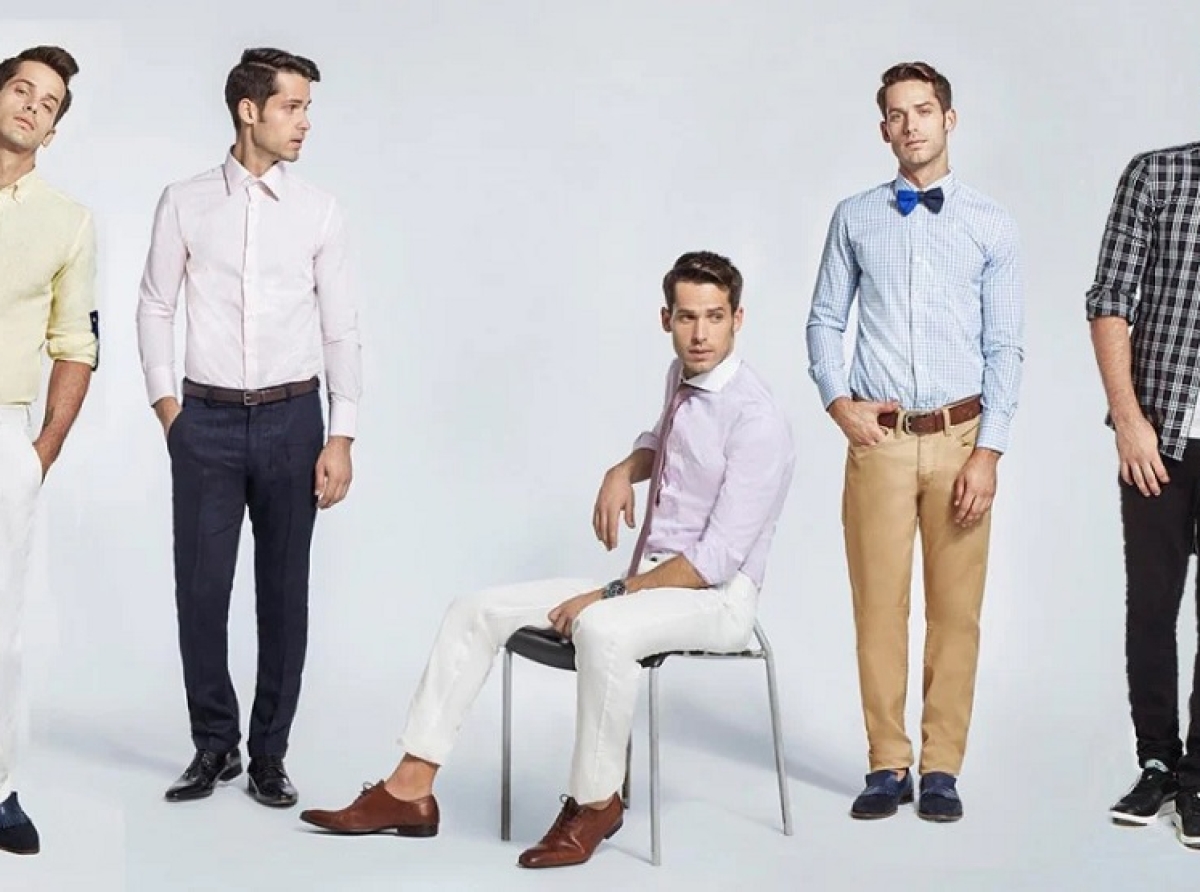Bombay Shirt Company: A revolution in custom shirt making

23 August 2023, Mumbai
The FitSmart Technology
The brand's primary focus was on crafting the right technology to facilitate online customization of shirts in preferred sizes and styles.
Their inventive FitSmart sizing model allowed customers to personalize their attire by answering just five questions. Remarkably, 94% of customers found their fits accurate from the outset. Those needing adjustments could benefit from the brand's doorstep pickup and delivery alteration service.
The Stores
In 2014, Bombay Shirt Company opened its first store in Mumbai's Kala Ghoda. Here, customers could engage with in-store stylists to curate fabrics and customizations. The brand has since expanded to 16 outlets across India, reaching cities such as Mumbai, Delhi NCR, Bangalore, Hyderabad, Chennai, Pune, and Ahmedabad.
The Customizations
The brand offers a wide variety of customization options, including collars, cuffs, buttons, plackets, pockets, sleeve lengths, fabric accents, contrasts, and monogrammed initials on cuffs. This allows customers to create a truly personalized shirt that reflects their unique style.
The Expansion
In response to customer requests, Bombay Shirt Company has expanded its repertoire beyond shirts. They now offer jeans, chinos, dress pants, stretch pants, and t-shirts.
The brand is constantly innovating and looking for new ways to meet the needs of its customers.
The Customer Experience
Customer feedback is essential to Bombay Shirt Company. A dedicated customer experience team is available to answer questions and address concerns promptly. This commitment to customer satisfaction is one of the things that sets the brand apart.
The Made-to-Order Approach
Bombay Shirt Company is committed to environmental responsibility. They adopt a made-to-order approach, which means that each piece is manufactured upon purchase. This helps to reduce excess inventory and waste.
The Philosophy
The Bombay Shirt Company's philosophy is simple: create attire that conforms to the wearer, not the other way around. This reflects a shift from the conventional paradigm, where clothing is often mass-produced and standardized.
























